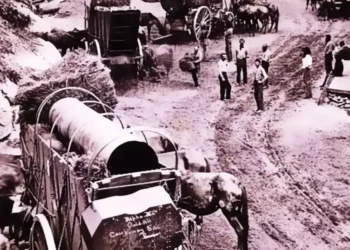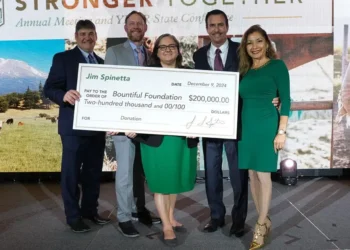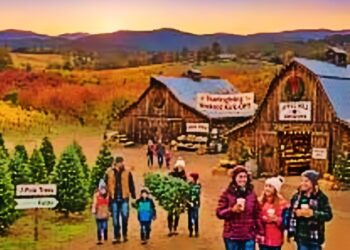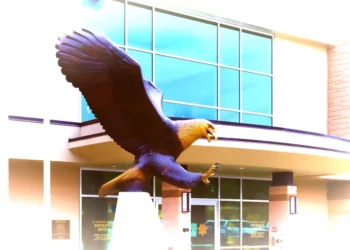Placerville, CA (Jan 20, 2025) — In El Dorado County, the Indigenous community is actively working to rectify historical narratives of the Gold Rush era that have long overlooked or misrepresented their experiences. The California Gold Rush, which began in 1848, attracted a massive influx of settlers seeking fortune. While this period is often romanticized, it had devastating effects on Native American populations.
The Shingle Springs Band of Miwok Indians, among other local tribes, faced significant displacement and loss of ancestral lands due to the surge of miners and settlers. According to the Shingle Springs Rancheria’s historical records, the Gold Rush forced entire tribes to scatter, leading to a profound disruption of their traditional way of life.
Efforts to reclaim and preserve Indigenous history are gaining momentum. The Shingle Springs Band of Miwok Indians has taken significant steps to reclaim their ancestral lands, reflecting a broader movement toward cultural preservation and education.
In a significant policy shift, California Governor Gavin Newsom signed a bill mandating the inclusion of Native American history in public school curricula, specifically addressing the mistreatment and contributions of Native Americans during the Spanish colonization and California Gold Rush periods. This legislation requires the state Department of Education to consult with tribes when updating its history and social studies curriculum framework starting January 1, 2025. Assemblymember James C. Ramos, the first Native American state lawmaker in California, emphasized that this measure aims to correct historical misrepresentations and omissions in education.
Local initiatives, such as the “Save the Graves” project in El Dorado County, are also contributing to this educational effort by uncovering and sharing long-forgotten stories of the region’s past.
These combined efforts represent a significant step toward acknowledging and honoring the true history of Indigenous communities in El Dorado County. As these initiatives progress, community engagement and dialogue remain crucial. Residents are encouraged to participate in local events, educational programs, and discussions to foster a more inclusive understanding of the region’s history.
We invite readers to share their thoughts and experiences related to this topic. How can the community further support the inclusion of Indigenous perspectives in our shared history?










